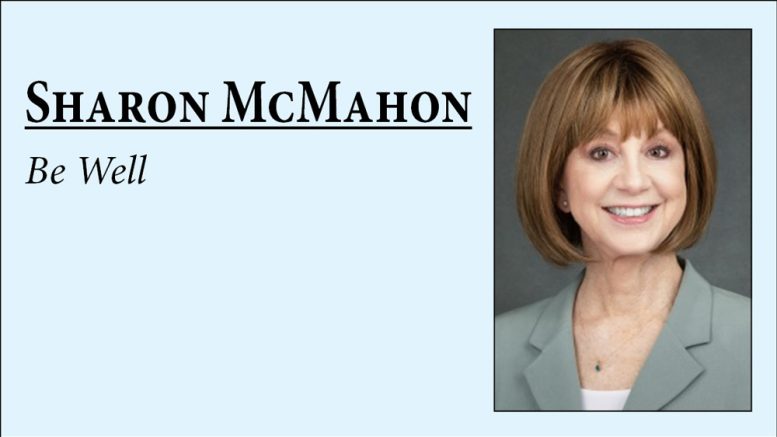“Oh do you-do you-do you-do you wanna dance?” – The Beach Boys’ “Today” album, 1965
I often hear people say “I don’t dance,” and if you are one of those, please bear with me and read on!
Dancing is possible (and therapeutic) for everyone. Movement to music is not only a physical workout but soothing to the mind and emotions. If music makes you want to move, then indeed you are a dancer.
The Cambridge dictionary defines “dancing” as the activity of moving the body and feet to music. While that is a basic definition, dancing is also an art form, a release, an expression of joy. The words “dance” and “dancing” come from an old German word “danson,” which means “to stretch.”1 Those of you who tell me they read my column regularly will recognize my affinity for stretching and flexibility!
To dance is to move, generally with music which appeals to our senses. Dancing does not require a partner at all! Although my husband and I have been dancing for many years and enjoy our swing and cha-cha, I enjoy dancing alone at home through my house listening to everything from Beach Boys to Motown to Mellencamp. Classical music encourages slow, graceful movements while Queen and ABBA can accelerate the pace! For those who wish to dance without a specific dance partner, line dancing has gained much popularity the last few years and is great for both an aerobic workout as well as increasing coordination and balance.
I grew up in a home with dancers. My parents were excellent dancers and my dad taught me to swing dance at an early age. Combine that with American Bandstand and I was hooked.
Additionally, as a grade school student I walked (a short distance “back then”) to the high school at the end of the day to take my weekly baton twirling lesson. I often arrived a little early and would plop my small body into one of the booths in the NHS “canteen” to wait for my baton teacher. The high school students would show up, turn on the juke box and dance. Think 1958-59 for music references! I was mesmerized and decided I would dance whenever I could. After ballgame “sock hops” at NHS showcased high school students dancing the Twist, Jerk, Watusi, Swim and of course the “slow dances” that no doubt caused the teacher chaperones to cringe.
I am still dancing and you can too, whether you are 8 or 80+! Dancing tap is great fun and can be learned at any age. Dancing will give you more confidence, enable you to increase your coordination and flexibility, and give you a great outlet for stress.
If you think you cannot dance because you are compromised in your mobility, fear not. Dance is movement and using your upper body movements will gain you much of the effects as noted above. I have taught “chair dancing” in one of my senior classes and they love it. Select your favorite tunes. If you do not wish to dance in public, dance alone, you will reap the benefits physically, mentally, and even emotionally.
So many types of dance – ballroom, square, line, two-step, and other country dances, ballet, tap, clogging, polka, and many more are fun and beneficial to your wellbeing. Free form dancing can be done with a partner or anytime the mood moves you. Belly dancing is the oldest form of dance, originating in India thousands of years ago. Hawaiians have been using the hula to tell their ancestral stories for thousands of years as well.
There are many dance classes and studios in our community and a partner is not necessary to take advantage of what is offered.
Let’s dance!
1 Compiled from “The Wonderful World of DANCE” by Arnold L. Haskell
Sharon McMahon, CNWC
The opinions expressed in this article are not intended to replace advice of your personal physician or licensed health professional. Please consult your physician for any issues you may have related to nutrition or fitness activity.

